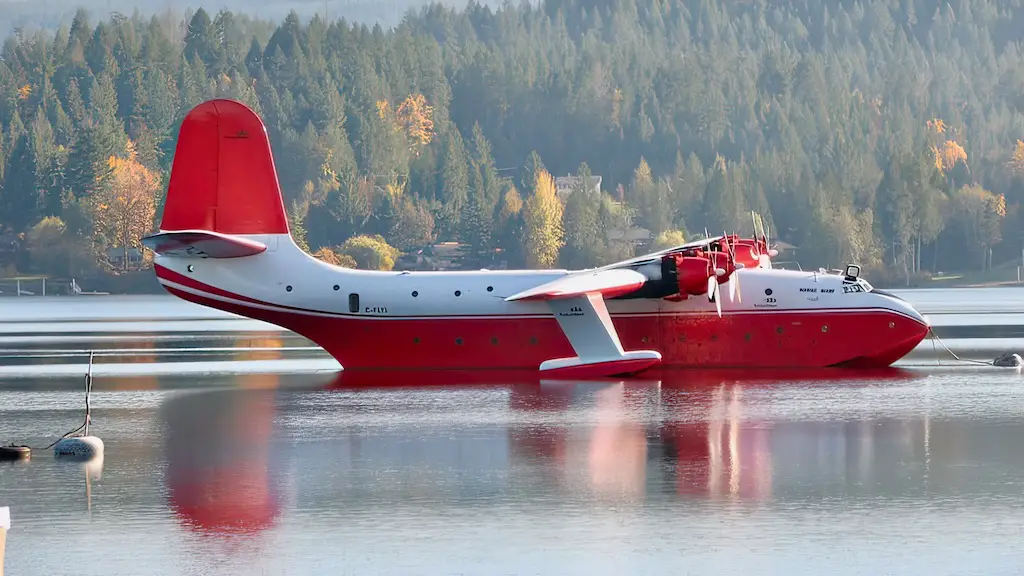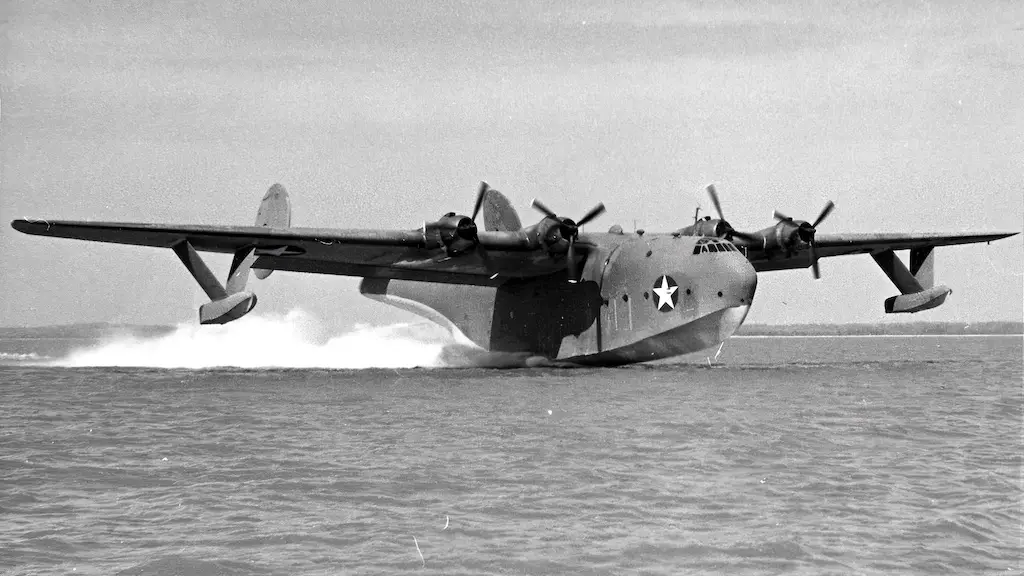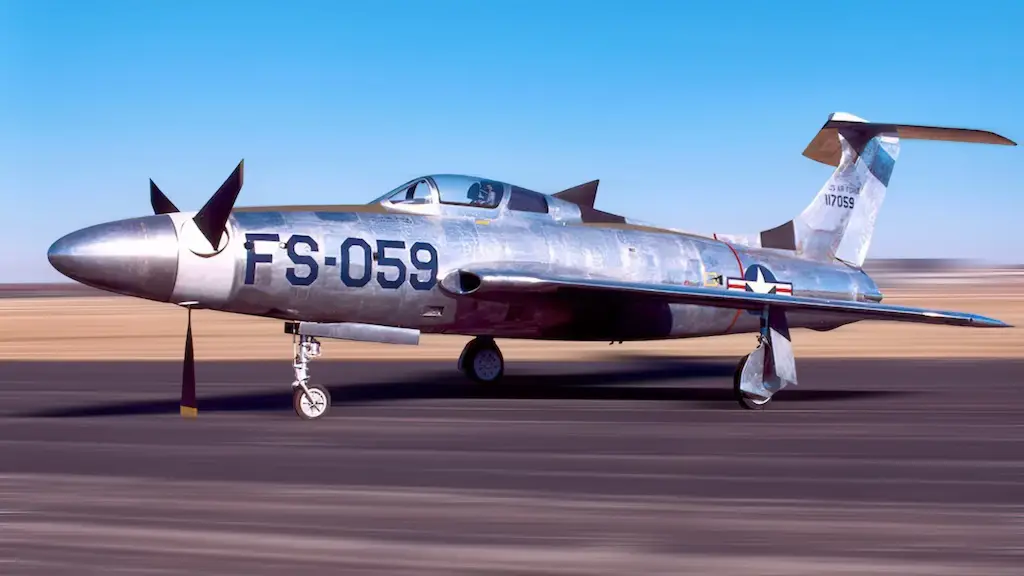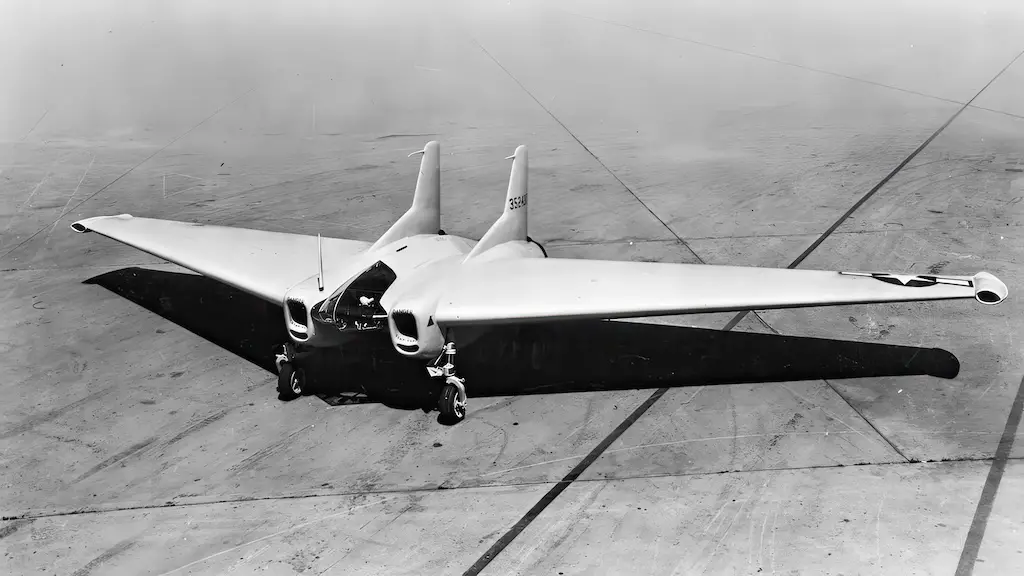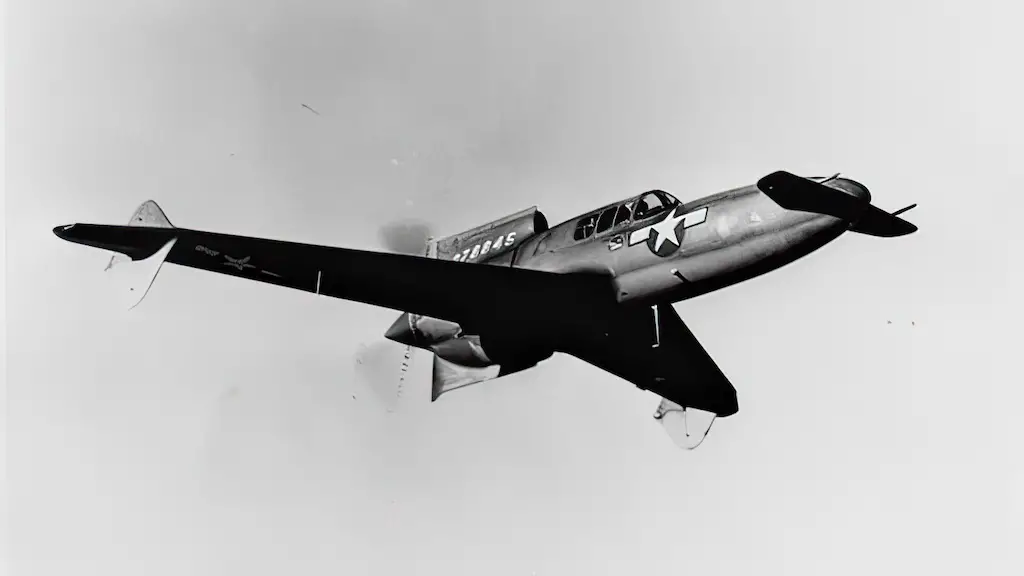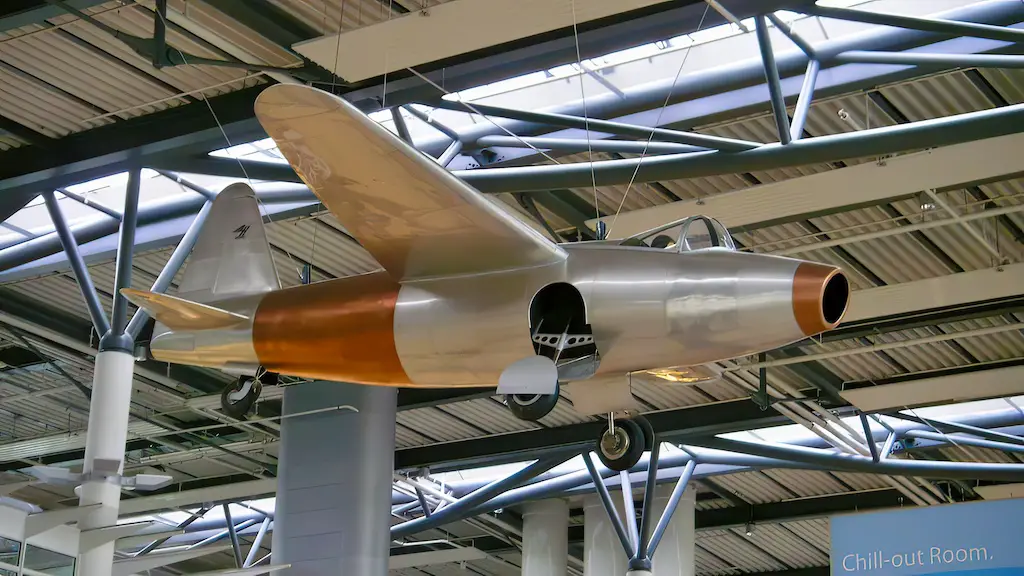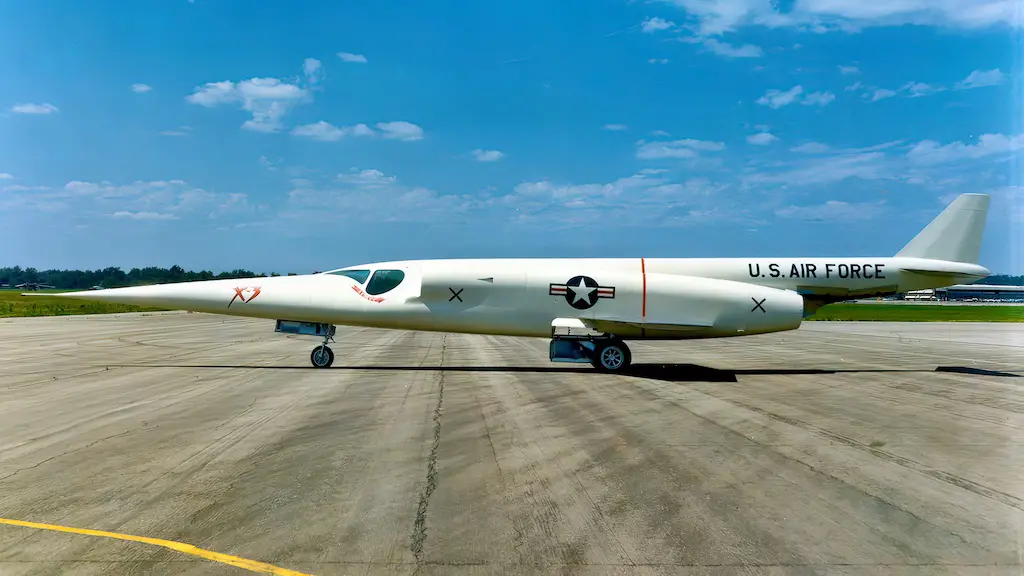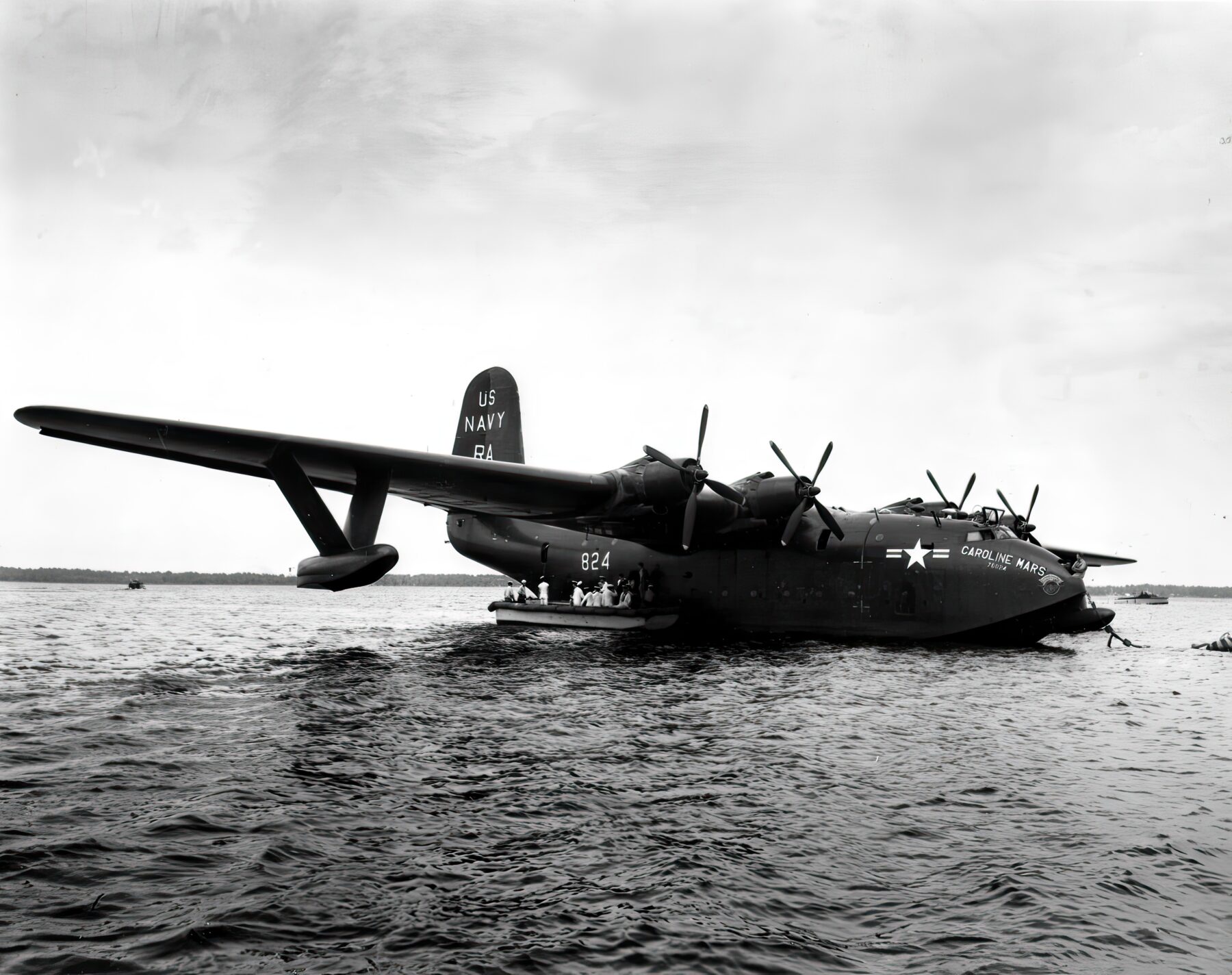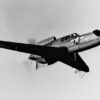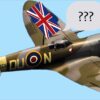The Birth of a Titan
The saga of the Martin XPB2M-1R Mars starts in the throes of World War II. Its origin traces back to 1938 when the Glenn L. Martin Company received a contract from the U.S. Navy. The initial project? To create a long-range flying boat, a “giant killer” designed to seek and destroy enemy submarines. However, by the time the behemoth took its first flight in 1942, the need for such a specialized war machine had dwindled.
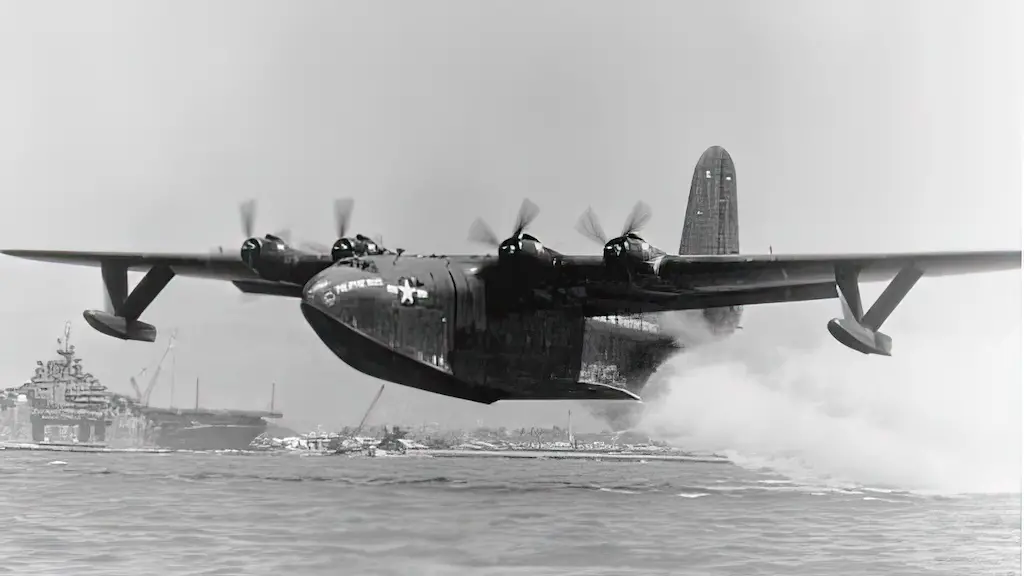
Engine
The heart of any aircraft, the engine, plays an integral part in its tale, and the Mars was no exception. The prototype boasted four Wright R-3350 Duplex-Cyclone engines, each packing a hefty 2,200 horsepower. This mammoth powertrain allowed the aircraft to achieve a maximum speed of 221 mph and an operational range of over 5,000 miles, remarkable numbers for an aircraft of its size.
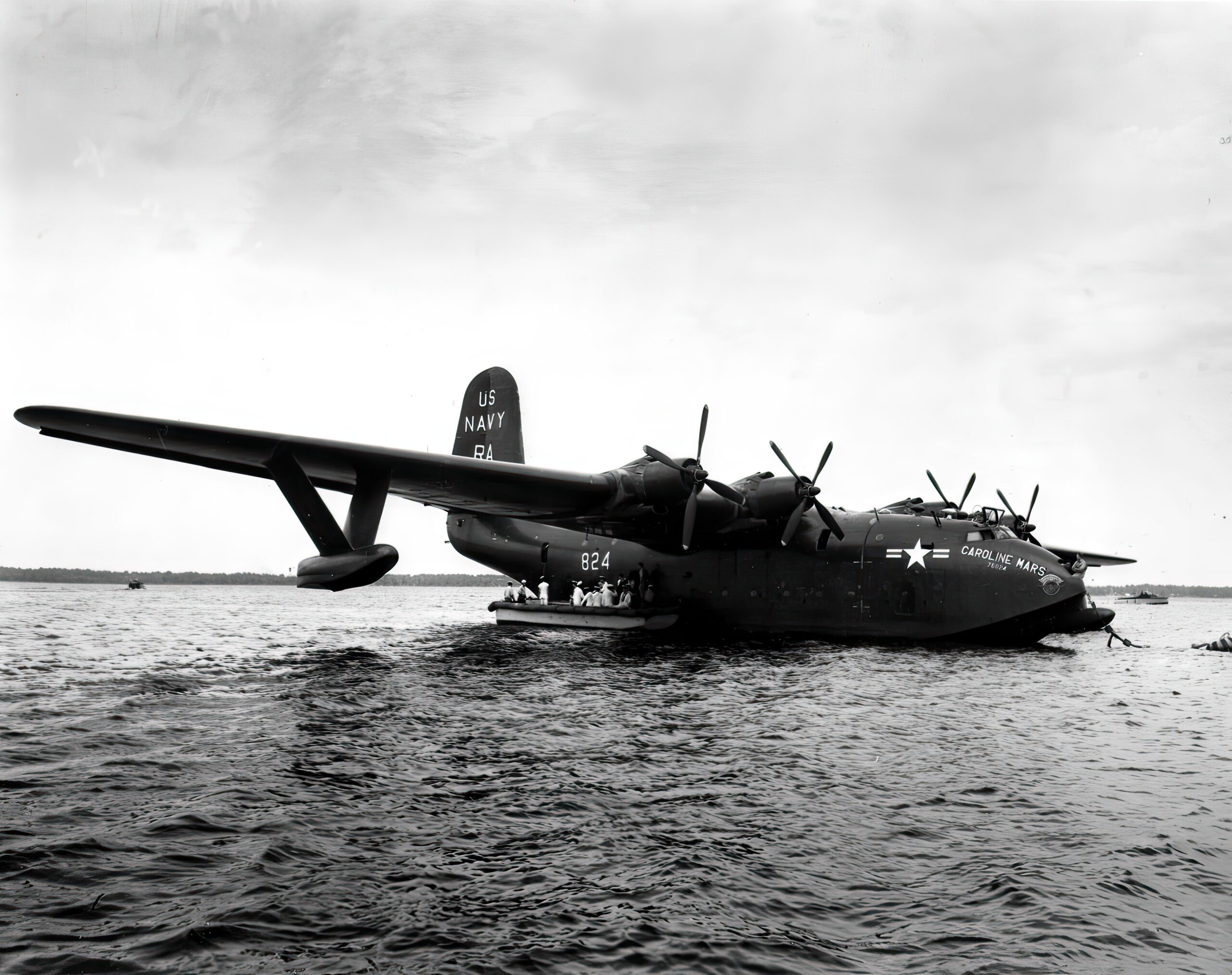
Sky-Bound Giant
In its airborne state, the Mars was undeniably spectacular. With an impressive 200-foot wingspan and a considerable length of 120 feet, it held a commanding presence, standing out as one of the most formidable aircraft to ever carve a path through the heavens. The sheer magnitude of this airborne titan belied its capabilities – it could soar to an altitude of 14,600 feet, a testament to the sheer muscle of its engines. Its carrying capacity was no less remarkable, with room for 133 troops or 84 stretcher-bound patients, and an additional 25 medical personnel, within its expansive interior.
Shifting Military Priorities
As the tide of World War II swelled and receded, the strategic requirements of the United States military underwent a transformation. The call for colossal long-range transport aircraft like the Mars began to dwindle, giving way to an increasing demand for advanced land-based aircraft. More sophisticated long-range bombers and jet-powered aircraft started dominating the scene, rendering the Mars’s original mission less relevant.
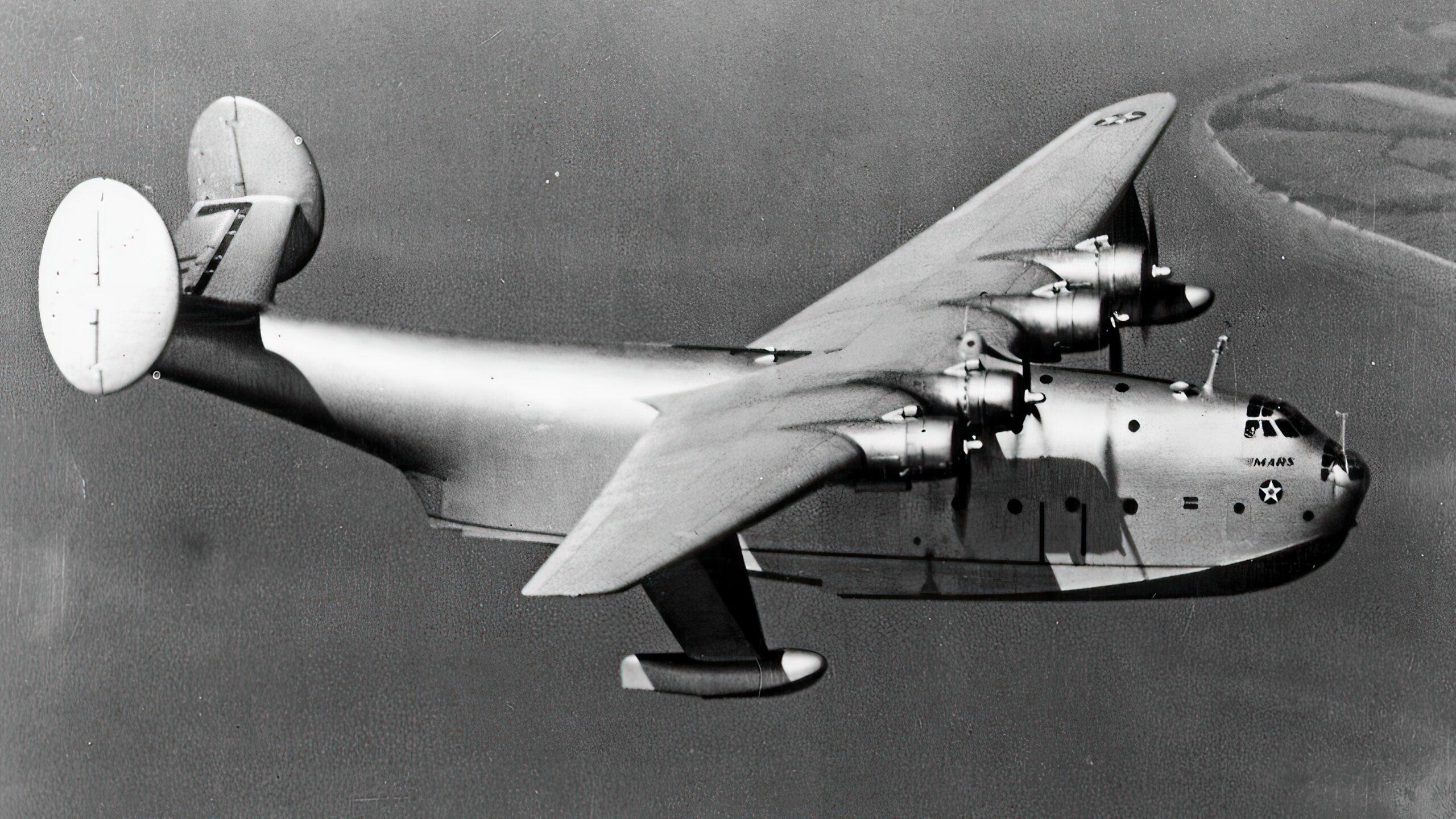
Technological Limitations
For all its impressive specifications, the Mars was constrained by the boundaries of 1940s technology. It had a less than impressive cruising speed and wasn’t cut out for intense combat scenarios. As land-based runways became more sophisticated and the range of land-based aircraft expanded, the necessity for mammoth seaplanes like the Mars saw a steady decline.
The close of World War II left behind a glut of military aircraft, including bombers and transport planes. This surplus caused a shift in focus towards optimizing the use of existing resources instead of pouring energy into developing new platforms such as the Mars.
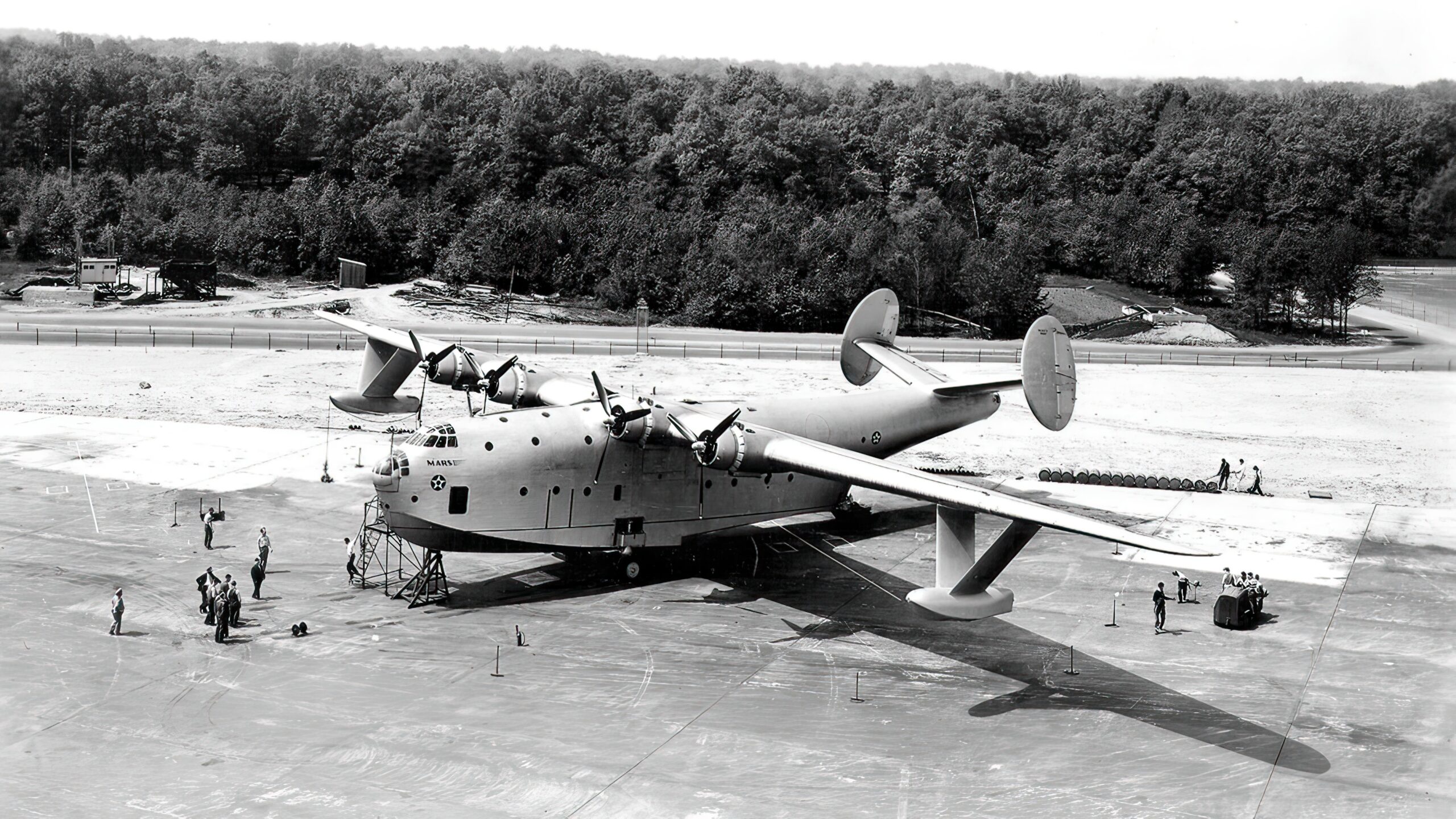
Questioning Cost and Practicality
Lastly, but certainly not least, questions arose around the cost and practicality of the Mars. Its construction and operation didn’t come cheap, and it called for specialized infrastructure, such as vast seaplane bases. The cost-effectiveness of operating such an aircraft started to falter, especially when land-based alternatives were readily available and more feasible. The Mars, in all its majesty, faced an increasingly skeptical audience who saw it as a giant more in terms of problems than potential.
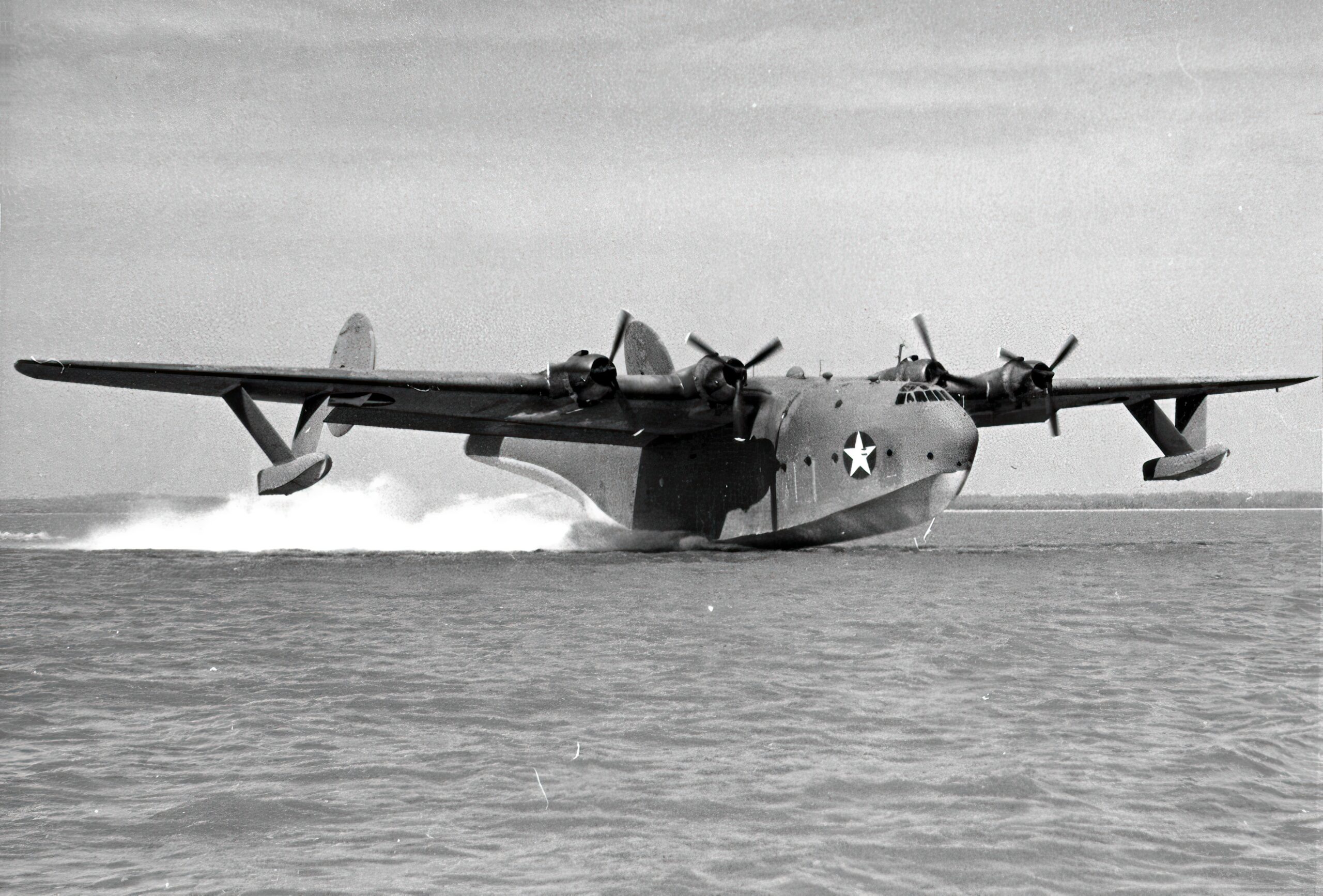
An Abrupt End
Despite its performance and potential, the end for the Mars came rather abruptly. With the advent of long-range land-based bombers and the reduction in the submarine threat, the Mars’s specialized niche began to shrink. By 1945, the U.S. Navy shifted its focus towards smaller, more versatile aircraft, and production of the Mars was cancelled after only six were made.
It was a disappointing end for such a magnificent aircraft. However, its legacy lives on, a testament to the audacious vision of its creators and a fascinating chapter in the annals of aviation history.
